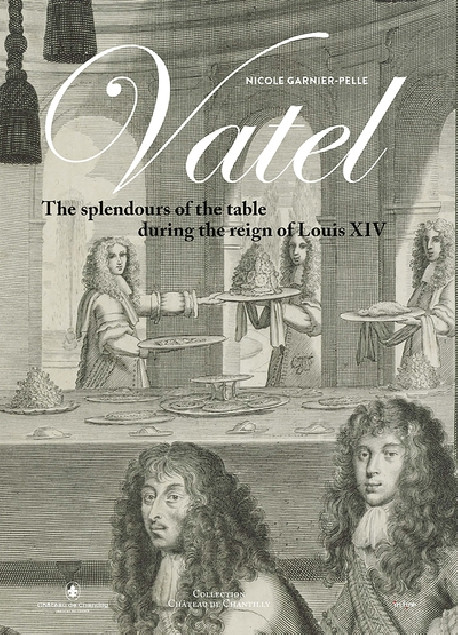No products
Product successfully added to your shopping cart
There are 0 items in your cart. There is 1 item in your cart.
Our webstore uses cookies to offer a better user experience and we consider that you are accepting their use if you keep browsing the website.

Bilingual art books and foreign editions
- New Art Books
- Exhibition catalogue
- Highlights
- Art Book Sale
- Museum's Shop & Gifts
- Bilingual art books and foreign editions
- Children's Books
- Art History
- Painting
- Architecture
- Sculpture
- Drawing & Engraving
- Photography
- Contemporary art
- Decorative Arts & Design
- Art Techniques
- Critics
- Entertainment art books
- Civilisations
- Partners Reviews
Vatel - The splendours of the table during the reign of Louis XIV
François Vatel, maître d’hôtel and right-hand man to two of the most powerful men in France, was responsible for organizing wonderful and sumptuous feasts and banquets for the court of King Louis XIV.
1 item in stock
| Model | 9782382030523 |
| Artist | François Vatel |
| Author | Nicole Garnier-Pelle |
| Publisher | Domaine de Chantilly / In Fine éditions d’art |
| Format | Softcover |
| Number of pages | 112 |
| Language | English |
| Dimensions | 265 x 190 |
| Technique(s) | Illustrations : 50 |
| Published | 2022 |
| Museum | Domaine de Chantilly |
The festivities at Vaux-le-Vicomte, 17 August 1661, were of such profligate opulence that they precipitated the fall of Nicolas Fouquet.
In April 1671, Vatel was in the service of the Prince de Condé, and was charged with organizing the reception of Louis XIV and his court at the Château de Chantilly. Nearly two thousand people had to be accommodated, fed and entertained. And all this for a political motive: the restoration of royal trust in the Prince de Condé.
Vatel, sometimes described as a cook, and even, the inventor of the famous Chantilly whipped cream, devoted his life to this theatrical political backdrop. The publication of the present work this year, marking the 350th anniversary of the death of François Vatel, enables us to discover the man himself and the myth surrounding him, the festivities, and court receptions during the reign of Louis XIV; and how the art of the table à la française came into being.
Nicole Garnier-Pelle is the General Heritage Curator of the Condé Museum at the Château de Chantilly. She has published many books on the history of Chantilly and its collections, such as a work on the Chantilly paintings, Les Tableaux de Chantilly : La collection du duc d’Aumale (Skira-Flammarion, 2009), on the Chantilly Gardens in the 17th and 18th centuries André Le Nôtre et les jardins de Chantilly aux XVIIe et XVIIIe siècles (Somogy, 2013), and on Carmontelle, a court artist, Carmontelle (1717-1806) ou le temps de la douceur de vivre, (Faton, 2020).
Recently viewed items








